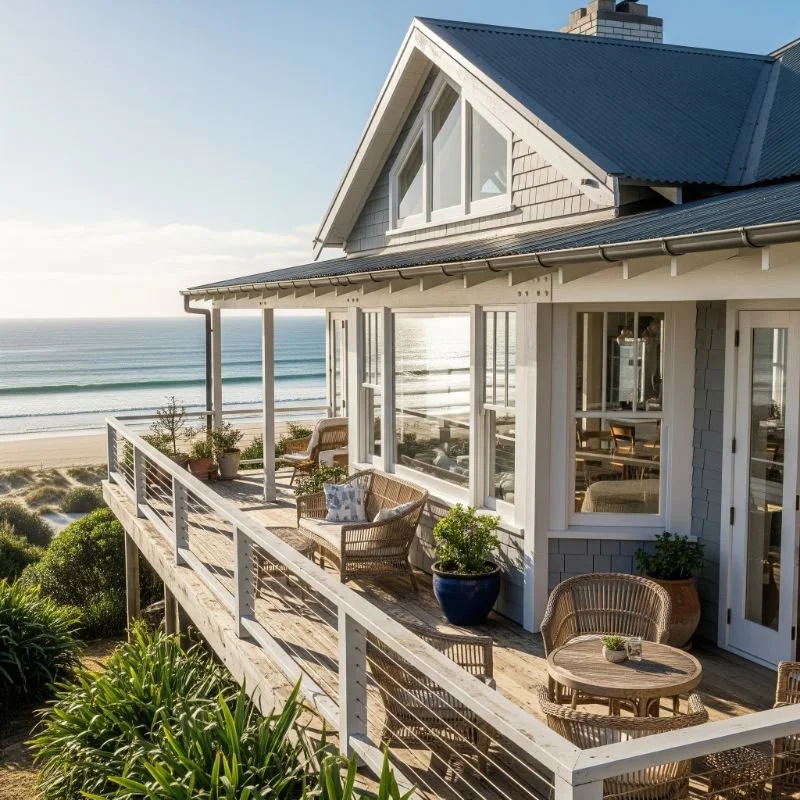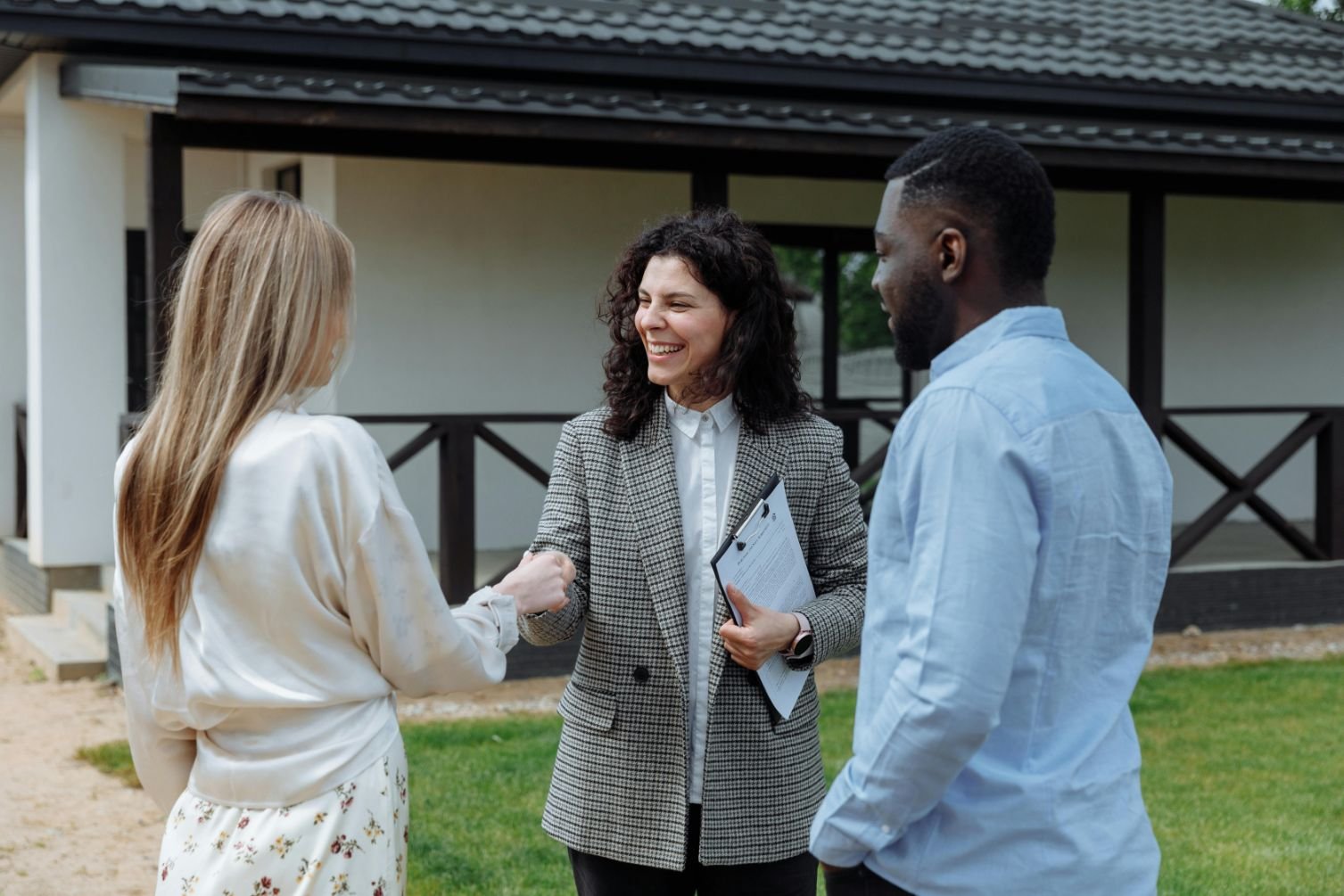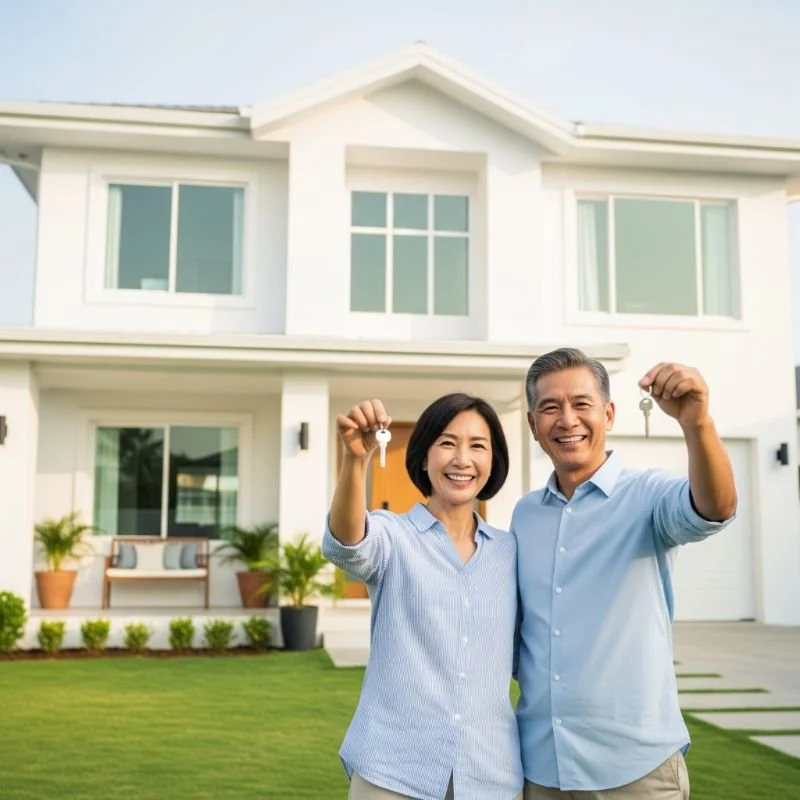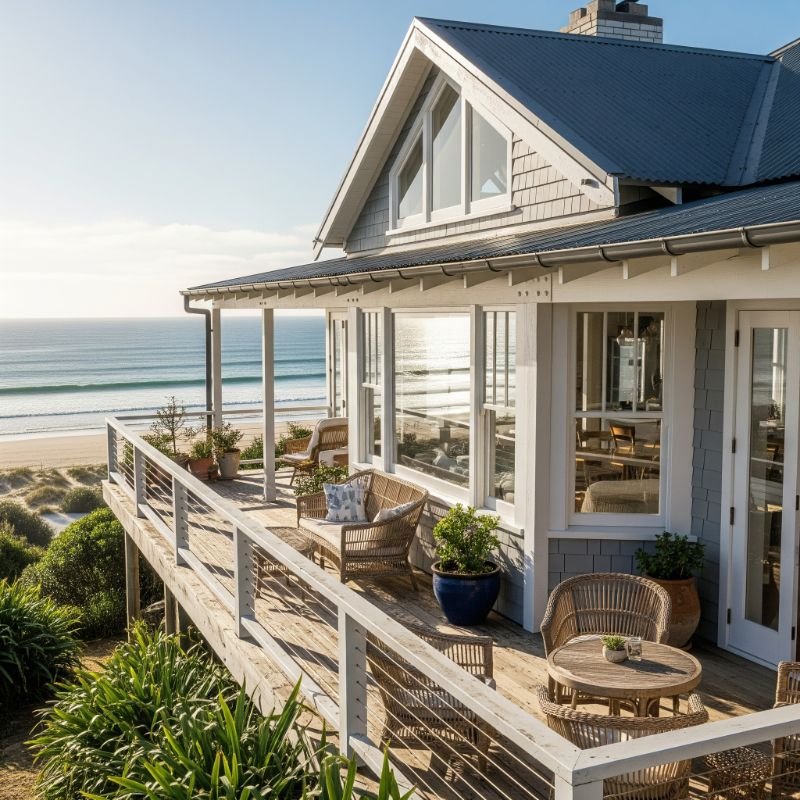How Changing Homebuyer Preferences Are Shaping Modern Coastal Living
Discover how evolving homebuyer trends are redefining modern coastal living with stylish, sustainable, and functional waterfront design choices.
Key Takeaways
Homebuyers seek flexible interiors and sustainable design in coastal regions.
Smart home technology and eco-friendly features drive many purchasing decisions.
Outdoor spaces and walkable amenities are high priorities for modern buyers.
Demographics are shifting, bringing new expectations to the coastal housing market.
Authentic, well-balanced homes—blending traditional character and modern convenience—are most attractive.
Renewed Focus on Home Functionality
Coaster homebuyers embrace adaptable residential design, with open-concept layouts and multi-functional rooms becoming popular. This trend is driven by the increasing demand for homes that support occupants. In competitive markets like Laguna Beach homes for sale, buyers pay close attention to floor plans that offer practical solutions rather than wasted space. Flexible living is a new luxury—homes that adapt effortlessly to health, work, and recreation will always stand out. These adaptable designs often include sliding walls, convertible furniture, and built-in storage to maximize functionality. Outdoor living spaces are also gaining traction, blending indoor comfort with nature for relaxation and entertainment. As lifestyle needs continue to evolve, so does the appeal of homes that can keep up with the pace of change.
Sustainability and Energy Efficiency
The demand for sustainable homes is more than a passing trend—an industry evolution. Buyers increasingly know about ecological practices and actively seek properties with lower environmental impact. Solar panels, high-performance windows, tankless water heaters, and ENERGY STAR® appliances are common requests. According to the widely cited National Association of Home Builders, a significant majority—over 70%—want features that directly reduce monthly energy costs, proving sustainability is both a personal and practical value. Coastal homes, in particular, benefit from thoughtful, sustainable design due to their exposure to sunlight and breezes. Clever positioning of windows and outdoor spaces allows for natural ventilation and ample daylight, lowering the dependence on artificial lighting and air conditioning. Many homeowners are embracing drought-tolerant landscaping using native plantings, conserving water, and requiring less maintenance. Building materials sourced responsibly—like reclaimed wood or recycled composites—add another eco-friendly layer, creatively blending environmental responsibility with coastal style. In this new era, a green home often means greater comfort, lower long-term costs, and a natural alignment with the rhythm of beachside living.
Smart Technology and Connected Lifestyles
As technology takes center stage in daily life, buyers typically look for homes equipped for the digital age. For many, smart-home integration isn't a bonus—it's essential. The expectation is that newer homes will come prepared for seamless Wi-Fi coverage throughout, robust enough to support everything from video calls and online learning to high-definition streaming. Intelligent security systems, app-controlled thermostats, energy monitoring devices, and automated lighting are increasingly among the first features discussed during home tours. The appeal is clear: these systems boost convenience and peace of mind, whether you're managing your vacation property remotely or juggling work and family from home. Voice assistants and central command panels allow effortless climate, music, and lighting control, saving time and supporting energy efficiency. As more professions and school districts embrace remote or hybrid models, reliable and advanced connectivity can enhance a property's value. For coastal communities, where residents often split time between homes or host guests, having a "smart" address means the home is future-ready and can easily accommodate evolving needs and technologies.
The Rise of Outdoor Living Spaces
Living by the coast means the outdoors is an extension of everyday life. Homebuyers prioritize features that erase the line between indoor comfort and open-air enjoyment. Covered patios, wraparound decks, and expansive glass doors facilitate a seamless flow from family rooms to al fresco lounges or outdoor kitchens. Well-designed outdoor zones invite residents to make the most of year-round sunshine, provide safe spaces for children and pets, and transform evenings into memorable social experiences. This strong movement towards integrating nature into residential design is more than a lifestyle perk—it can directly impact well-being. Recent design trend reports note that sunlight, fresh air, and greenery are consistently linked to reduced stress and improved mood. Features like pergolas for shade, rooftop terraces with panoramic views, or edible gardens that support local pollinators all add tangible value. Coastal properties that creatively use outdoor space are not just desirable; they are often in high demand and command a premium price.
Location is Just One Piece of the Puzzle
While postcard-worthy ocean views remain a classic selling point, today's buyers know that coastal living is defined by more than scenery alone. Many are just as interested in what the surrounding neighborhood offers—walkable blocks, access to independent cafes, public parks, and vibrant local events. Top schools and reliable healthcare are big draws for families, while proximity to dining, culture, or open green spaces appeals to almost everyone. Before committing, prospective homeowners often research walk scores, local zoning plans, and upcoming infrastructure projects to paint a more holistic picture of the neighborhood. Things like protected bike paths and weekly farmers markets are no longer "nice to haves"—they are part of the essential equation for a satisfying lifestyle. Real estate experts have seen firsthand how properties adjacent to community amenities, rather than just the shoreline, attract active and engaged residents seeking authentic, year-round living.
Evolving Buyer Demographics
The face of the coastal homebuyer is rapidly changing. Millennials now represent a significant share of buyers in seaside markets. This generation typically values technology and eco-consciousness and experiences more than excess square footage or ornate finishes. They're searching for homes that blend energy-efficient materials, state-of-the-art systems, and communal spaces for family and friends. At the same time, retiring baby boomers remain a powerful force, but their wish list is different. They want homes that are easy to care for, allow for single-floor living, and include designs to help them age comfortably, such as step-free entries and wider hallways. The common thread across all ages is the desire for authenticity and flexibility—homes that feel genuine, fit their unique needs, and support every season of life, from raising children and building careers to retiring gracefully by the ocean.
Balancing Tradition and Modern Expectations
Many coastal communities have rich architectural traditions that homeowners strive to honor even as they update interiors for comfort and performance. Homes that feature classic clapboard exteriors, large porches, or historical flourishes often carry a special allure. However, buyers also want open, efficient spaces and modern upgrades like smart appliances, radiant heat, or advanced insulation. Achieving the right blend—a design that respects local heritage but delivers thoroughly modern convenience—requires creative vision and thoughtful execution. Renovators and builders can succeed by preserving original character in facades and details while transforming interiors into light-filled, adaptive spaces with all the latest comforts. This balanced approach meets the expectations of today's coastal buyers: a welcoming home that tells a story yet feels fresh, functional, and prepared for the future.
What Modern Coastal Homebuyers Want
The new coastal home isn't just about the view—it's about how every aspect of daily life fits together seamlessly. Flexible layouts, green building practices, advanced technology, and well-conceived outdoor areas drive buyer decisions. A true sense of place is created when a home adapts to its residents' present and future needs, making it easier to work, play, and recharge in equal measure. As more people look for homes that nurture an active lifestyle and a peaceful retreat, the best properties on the coast meet the moment. The ideal coastal home is a harmonious blend of comfort, sustainability, community, and timeless style—a reflection not only of its surroundings but of the way people want to live now and for years to come.




